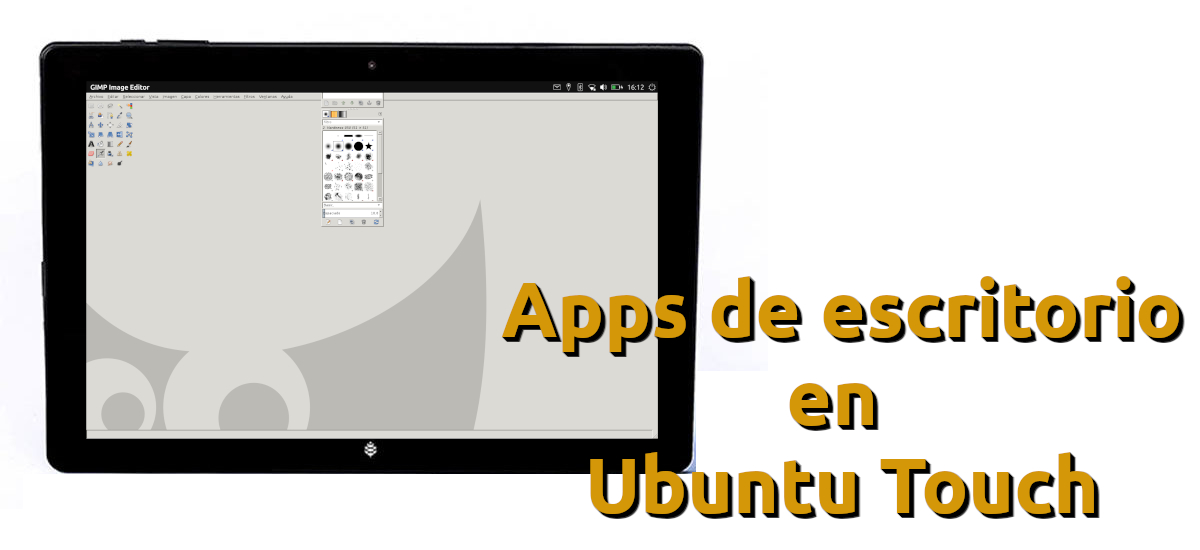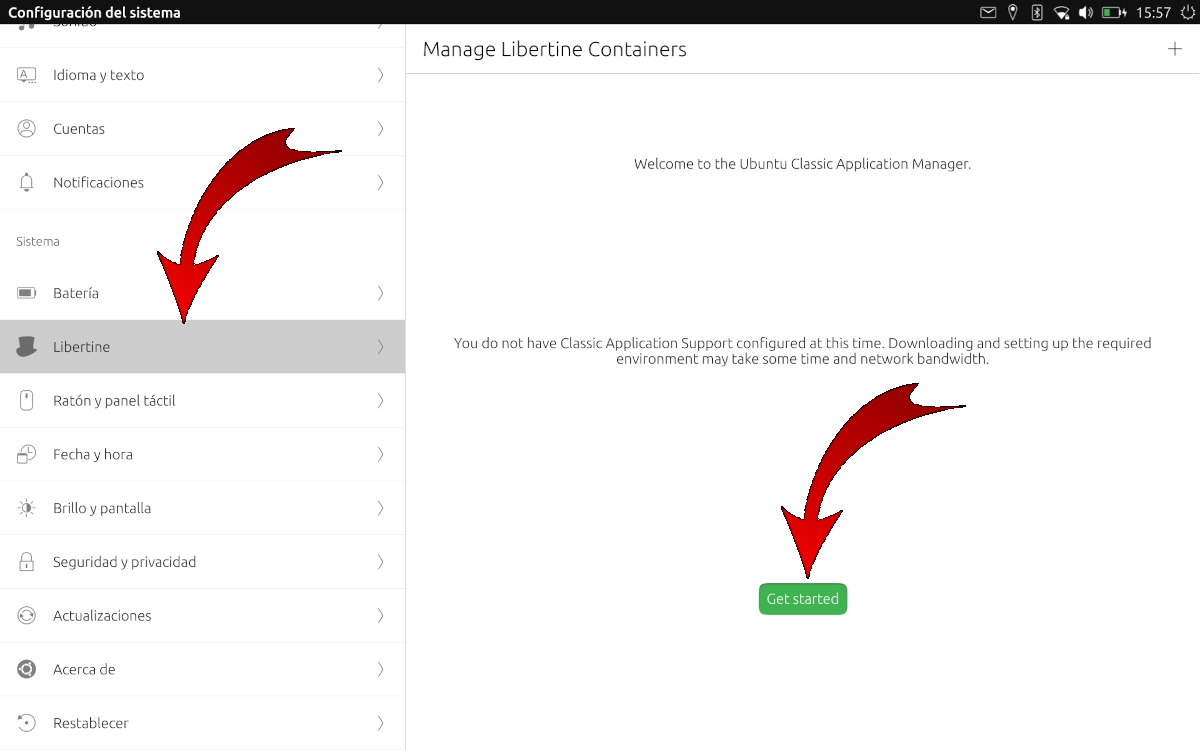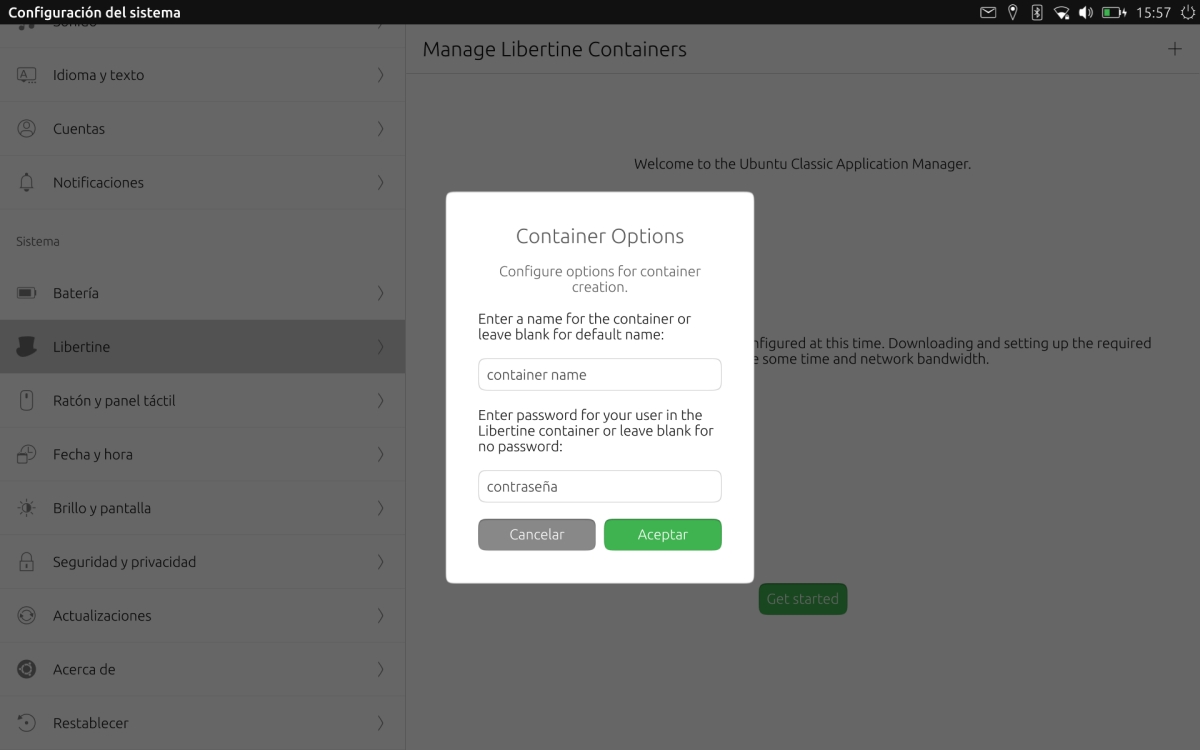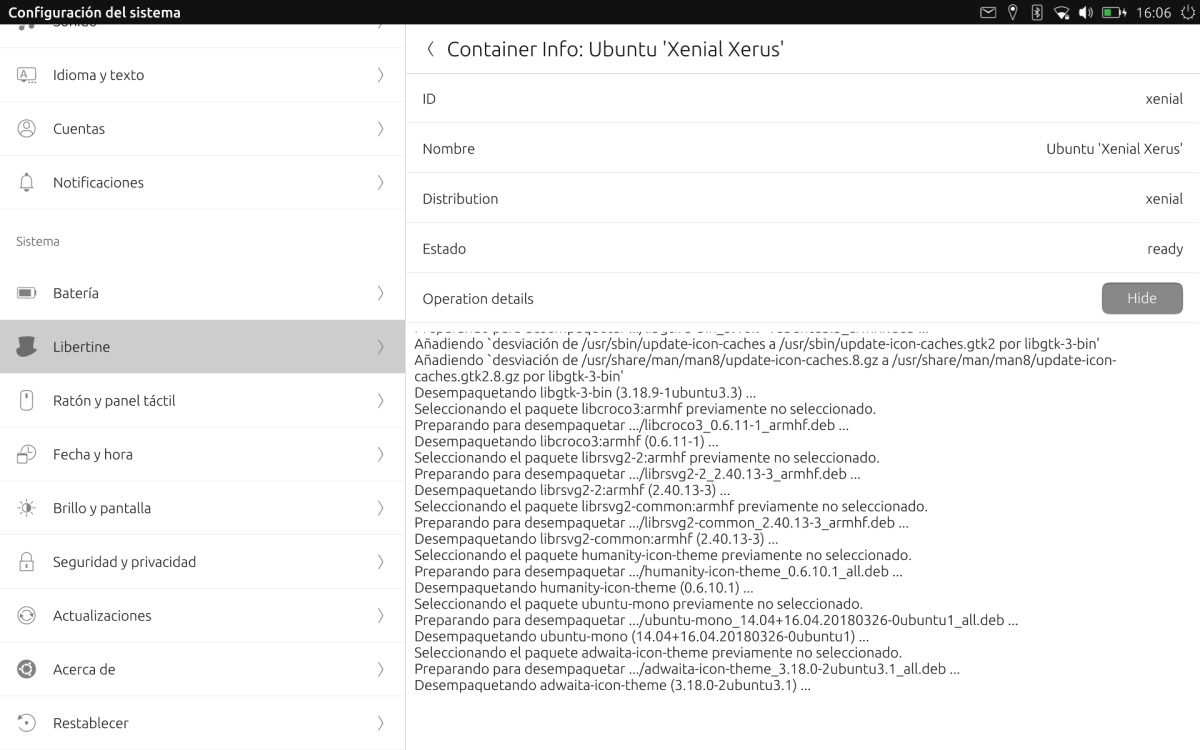
At the beginning of this decade, Canonical told us about something very interesting that several years later still no one has achieved: the convergence of Ubuntu. Mark Shuttleworth promised us an operating system that could be used on any device, be it computer, mobile, tablet or others, but years later he realized that it was not possible and abandoned the project. At that moment, UBports took a step forward to continue with its mobile division and, well, the rest is a story whose important chapter is titled Libertine.
Because no, a tablet is not a computer. And, although there are mobile Linux projects like Plasma Mobile that are more permissive, UBports has a more conservative philosophy that reminds us a bit of Apple's iOS: they do not allow us to do everything we want to make sure that we are not going to turn our tablet into a nice paperweight, so, initially, we can only install apps from the Open Store. Initially. The operating system also includes Libertine by default, which creates application containers that are available in the official repositories.
Libertine allows us to install apps from the official repositories in containers
Libertine works similar to a virtual machine, with the main difference that we do not have to start a complete graphical environment, which saves resources. So and As it explains Miguel, in order to use this system, our device has to be compatible, that is, Libertine has to appear in System Settings. Then you have to take into account something else, and that is that most desktop applications are designed for computer screens, not for mobile phones or tablets. Still, many work without major problems.
With the above explained, we go on to detail the steps to follow to install a desktop app in Ubuntu Touch with Libertine:
- Let's go to System Settings.
- We are looking for Libertine. If it does not appear, our device is not (yet) supported, so there is no need to continue.
- The next step is to create a container. You can create several, but keep in mind that each one will occupy a space and we could run out of storage if we create containers without control. Libertine is probably still half translated, so here we have to play "Get Started."
- We define the container parameters. If we don't define them, the default values will be used.
- We wait for the container to finish creating. If we touch on the name of the container, we will see what is missing. When we see "Ready", we can continue.
- With the container created, we now have to install the app / s. We entered the container by tapping on it.
- Click on the add button (+).
- Here we can search for a package, enter the name of a package or choose a DEB package. We are going to use the option "Enter package name or Debian file".
- When the configuration process is finished, we put "gimp", without the quotes for example.
- We wait and, after a while, GIMP will be installed on our device with Ubuntu Touch.
Launching the desktop apps
Once installed, to launch a desktop app we have to return to the list of applications and reload, which in most touch devices such as Ubuntu Touch is by sliding the screen down. If we click on the lower arrow, we will see both the native apps and the desktop applications that run in a container created in Libertine. We only have to touch the desired app to open it.
If we have image problems, such as scaling (DPI) that result in the wrong size of the controls, among other things, we can correct them with the Libertine Tweak Tool, an official app that we can get in the OpenStore or by clicking this link.
Ubuntu Touch still needs to improve
Although Ubuntu Touch is a good option, especially if we use it in tablets as cheap as the pinetab, still has a lot to improve. We could say that it is taking the first steps and they are still working on interesting options, such as facilitating the installation and use of software that allows the execution of Android applications in a similar way to how Libertine does. Still, at least we can use desktop applications, which is important to be able to do anything with our Ubuntu Touch.



